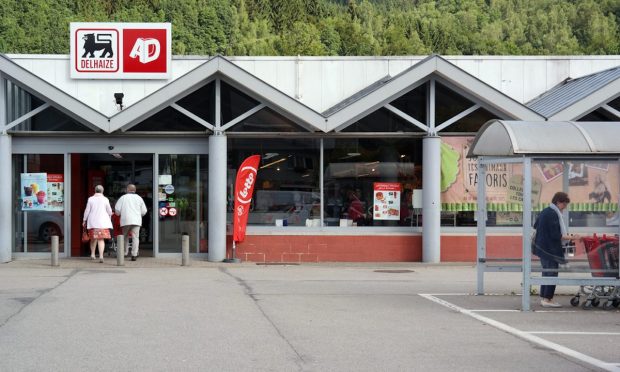Ahold Delhaize Boosts eCommerce Margins on Strong Performance as Third-Party Marketplace

Ahold Delhaize is looking to shortcut its way to eCommerce growth.
On a call with analysts discussing its third-quarter financial results, the Netherlands-based global grocery giant touted its digital investments, especially its upcoming Giant Food-branded third-party marketplace, Ship2me, which will sell around 40,000 additional food and general merchandise products. The company has already seen success in other markets with the third-party marketplace approach — its Bol.com marketplace in Belgium, the Netherlands and Luxembourg, for instance, saw third-party sales grow 25% in the quarter.
“We were encouraged by the 19.2% growth in net consumer online sales at Bol.com during the third quarter, which came on top of the almost 46% growth in the year-ago period,” Ahold Delhaize President and CEO Frans Muller told analysts. “The number of third-party sellers on the platform also continues to grow, and now stands at 48,000.”
Marketplaces work especially well for grocers because they attract customers weekly — or even multiple times a week, given that groceries are a daily need. This frequency is highly attractive to retail brands looking to get more eyes on their products. Plus, unlike first-party online shops, marketplaces provide revenue without the costs associated with getting the products from the manufacturers or suppliers into the consumers’ hands. Given the labor challenges grocers face worldwide, this model is more attractive than ever.
The company gave credit to its 30-minute delivery services in the United States, which its Stop & Shop brand launched in partnership with Instacart earlier this fall. In Europe, meanwhile, Ahold Delhaize launched an Albert Heijn Premium eCommerce subscription program, and the brand expanded its delivery presence throughout the Czech Republic and Greece.
See also: Instacart Powers Stop & Shop 30-Minute C-Store Delivery Play
The results come as customers increasingly opt to skip the checkout line. According to data from PYMNTS’ How We Eat Playbook, created in collaboration with Carat from Fiserv, 72% of grocery shoppers now order groceries online for curbside pickup or home delivery. Furthermore, ordering groceries online for home delivery is actually more popular than ordering online for curbside pickup, with 67% of grocery shoppers now opting for delivery compared to 51% for pickup.
See also: Up for Grabs: Restaurants and Grocers See Path to Picking up 200M New Customers
“This all serves to underpin our relentless focus to be the industry-leading local omnichannel retailer in all of our markets,” said Muller.
Overall, Ahold Delhaize’s net consumer online sales grew 29% year over year, and they increased 20% in Europe, on top of nearly 50% in the third quarter of 2020. These digital gains far outpace the chain’s overall growth, with comparable sales up 15% in the United States in the quarter and 7% in Europe. The company reported third-quarter earnings of €522 million on sales of €1.85 billion, up from a year-ago profit of €68 million, which reflected a massive write-down due to U.S. pension obligations.
Looking ahead, the company expects continued stickiness in behaviors such as working at home and anticipates increasing online demand, which includes predicting 70% eCommerce growth in the U.S. for the full year.
